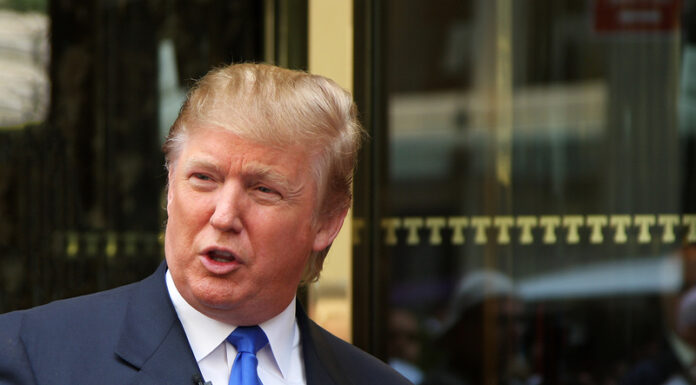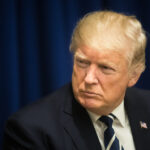Canadian Prime Minister Mark Carney informed President Donald Trump that Canada is not for sale and will remain so, countering Trump’s repeated proposals for Canada to join the United States as the 51st state.
During their initial meeting at the White House in Washington, D.C., on Tuesday, May 6, 2025, Carney addressed Trump’s annexation rhetoric by drawing a comparison to real estate, emphasizing that some properties are not available for purchase.
“Having met with the owners of Canada over the course of the campaign the last several months, it’s not for sale. Won’t be for sale ever,” Carney stated at the White House.
Canada’s stance did not sway Trump, asserting that many things once thought impossible were eventually realized. He suggested that time might alter the circumstances, repeating his phrase “never say never” regarding Canada’s potential future as a U.S. state.
The discussion underscored the increasing strain between the two allies as Carney, who secured his election partly on an anti-Trump platform, faced the challenge of countering Trump’s expansionist rhetoric while upholding diplomatic ties.
Later in the meeting, Carney reiterated that Canadians’ views on joining the United States as a state were unlikely to change, seeking to end further dialogue on the topic. Nonetheless, Trump has maintained that Canada would gain from becoming part of the United States.
The meeting followed months of provocative comments from Trump, who told TIME magazine in April that he was not “trolling” when discussing Canada’s potential statehood. In that interview, Trump claimed the U.S. incurs financial losses by supporting Canada’s military and other aspects of Canadian life.
Trump’s interest in territorial expansion is not limited to Canada. Despite firm refusals from both Danish and Greenlandic leaders, he has expressed a desire to acquire Greenland from Denmark. The autonomous Danish territory holds strategic significance due to its location and natural resources, including rare earth minerals essential for technologies like electric vehicle batteries.
In March, Trump declared during an address to Congress that the U.S. would secure Greenland “one way or the other,” citing national and international security needs. This prompted Greenland’s prime minister to respond that the territory “is not for sale and cannot simply be taken.”
Vice President JD Vance visited Greenland in March to tour the U.S. military’s Pituffik Space Base, where he affirmed the administration’s interest in expanding American presence on the island. Trump’s eldest son, Donald Trump Jr., also visited Greenland in January, indicating the administration’s serious acquisition consideration.
Additionally, U.S. allies are concerned with Trump’s intention to “reclaim” the Panama Canal, which was transferred to Panamanian control in 1999. During his congressional address, Trump announced his administration had “already started” working to regain control of the canal, citing a deal that would give an American company control of key ports.
Trump has portrayed his desire to control the canal as a national security matter, inaccurately claiming it is currently “operated by China.” The Panamanian government has consistently refuted these claims, stating the canal remains under Panamanian control through the Panama Canal Authority.
When questioned about potentially using military force to acquire Greenland or the Panama Canal, Trump has declined to rule out such measures. In January, he stated he would not commit to avoiding military options, citing the territories’ importance to American security interests.
Despite the sovereignty issues, both leaders described Tuesday’s meeting between Trump and Carney as constructive. They exchanged compliments several times during their dialogue, contrasting with Trump’s tense relationship with former Canadian Prime Minister Justin Trudeau, whom he frequently called “Governor Trudeau.”
The leaders also addressed trade issues, with Trump maintaining his stance on tariffs against Canadian goods. A 25% tariff imposed by the U.S. remains on Canadian products that do not comply with the United States-Mexico-Canada Agreement (USMCA), a 10% tariff on Canadian oil imports, and a 25% tariff on cars, auto parts, steel, and aluminum.
Carney argued that these tariffs exploit existing aspects of the USMCA, suggesting the agreement might need revision. Both leaders acknowledged they would discuss renegotiating or potentially ending the deal over the coming year.
Despite their disagreements, Trump described the meeting as “great” and expressed optimism about the future relationship between the two countries. Carney similarly characterized the talks as productive, noting progress had been made with “comprehensive tangible exchanges.”
The leaders are expected to meet again at the G7 summit in Canada in mid-June, where discussions on trade and territorial sovereignty will likely continue.








